We sat down with Arctica Ambassador Korbinian Rampp, a top U16 racer in Germany, to talk about ski racing in Europe and hear about his ski racing journey.
Korbinian hails from Southwest Bavaria, Germany, and regularly races and trains in Germany, Austria, Switzerland, and Italy. He has had some national success in Germany and in international elite races like FIS Alpe Cimbra. He has been an Arctica Ambassador for the past seven years — one of our first ambassadors!
Korbinian — What is your skiing background, and when did you start racing?
I started skiing in my backyard at two and a half years old, like most other kids in my region. As my parents’ pictures and videos show, I was thrilled about skiing from the very beginning. We are lucky to live in the Bavarian Alps, only 15 minutes from the ski lifts, so I got to ski with my parents every possible day in the winter. At age five, I was asked if I wanted to try out ski training at our local club. It was a blast, and from then on, I’ve been a ski racer.
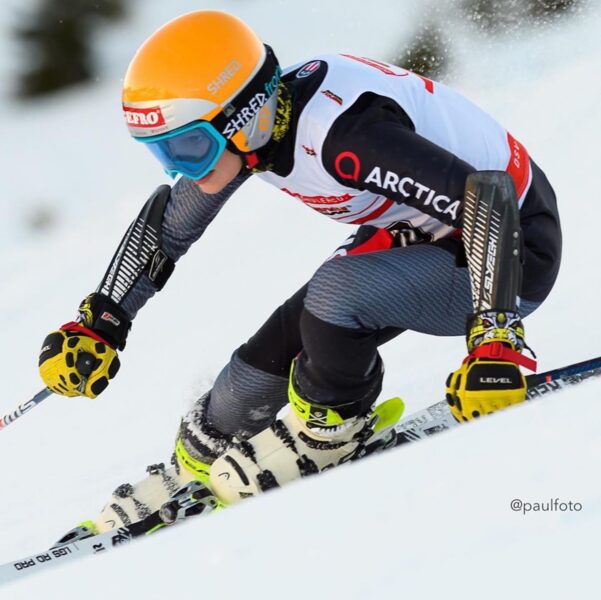
In U8 and U10, ski racing is a local sport. All of the races are within 30 minutes of home. It’s really cheap — everyone has a season ski area pass, and the racing fee is about 8€ per race. Most races have 130 competitors fighting for the podium, but right after the race, all the kids go ski in the moguls or trees and enjoy the snow. At awards, every kid gets chocolate, so everyone goes home feeling like a winner.
At U12, regional programs and teams begin with four or five races per season outside your region. My teammates and I were really nervous before our first qualification races for the German U12 Championships. We didn’t yet know if we were a strong ski region (we were 😊).
At U14, national series racing begins. Travel for races and glacier camps in the fall increases. Races are within 3-4 hours by car, and glacier training in Tyrol is two and a half hours away. From U14 onward, the German Ski Federation holds additional ski camps for the fastest 10-12 athletes regularly and sends athletes to international races.
At U16, national and international racing continues. There are more central camps and more international races. A national series, the German Elite Race Series, runs from mid-December through March with 15-20 races. The best six to ten athletes of each gender from that series have the chance to join one of the three Elite FIS Teams operated by the German Ski Federation.
How would you describe your ski journey so far?
I fell in love with ski racing after my first ski training. I was successful right from the start: winning a lot of races, having chances to be successful on the national level, and meeting inspiring athletes like Felix Neureuther. Honestly, though, I’ve always liked training more than racing. For training, we meet on the hill after school. You see the race course going up the lift, and it’s pure fun and excitement.
Have you had any challenges?
I have unfortunately had more challenges than I would hope. After success as a U12 and first-year U14, I ran into growth-related health problems. I had to stop skiing for almost a year due to back pain. The doctors said that there was nothing to do but wait until the pain went away. In my return to skiing after that year, my back felt great, but the fibula heads on both of my legs couldn’t handle the forces. I had stress fractures and bone edema and lost most of my first U16 year. I had some dark times dealing with these health issues. Thankfully, it didn’t take very long to ski well again on my return to snow. I’ve been getting faster despite all the time I wasn’t able to train.
You were one of Arctica’s first Ambassadors — how did you find Arctica?
For my first two years of racing, I was one of the only kids without a race suit. My parents told me as long as I was winning without a suit, I didn’t need one. Eventually, they understood that it was time to look for a race suit. My first suit was a used one with quite a few holes but a really fancy design. My mom went looking for a new one but wasn’t at all happy with either the design of the suits, the quality, or both. My mom is a clothing engineer in the fashion industry, so she has a clear view of how things should be. She found Arctica and was impressed with the clear design, good quality, and affordability. Besides the great design, my dad was a fan of Arctica’s goal to keep skiing as inexpensive as possible. My first new race suit was from Arctica, and Arctica has been my choice ever since. For the last seven years, we have not had a single quality issue with Arctica. The designs are fresh, clear, and cool-looking. That’s why I am a totally convinced and a proud Arctica Ambassador.
Want to join Korbinian as an Arctica Ambassador? Check out the application to be an ambassador here!
You can find Korbinian’s Arctica race suit here, along with tons of other colors to fit your style.

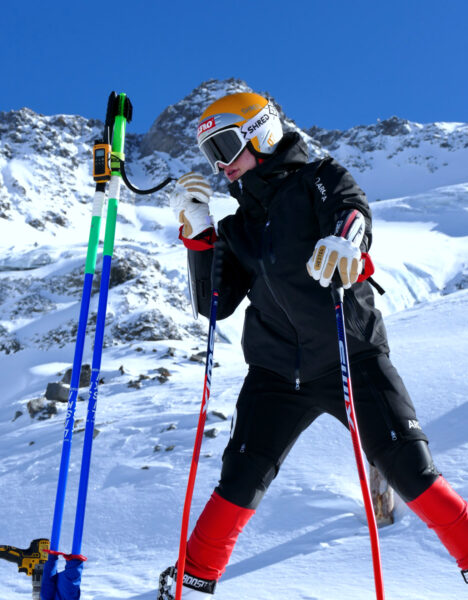
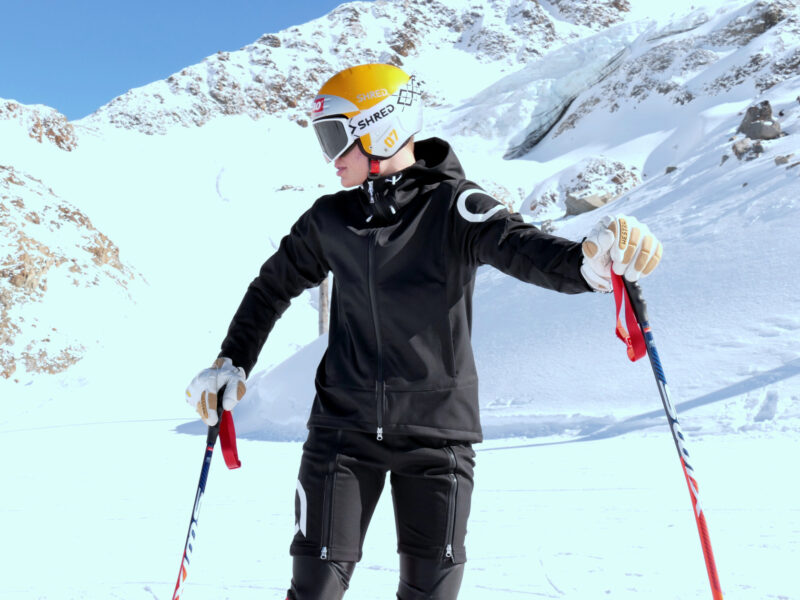
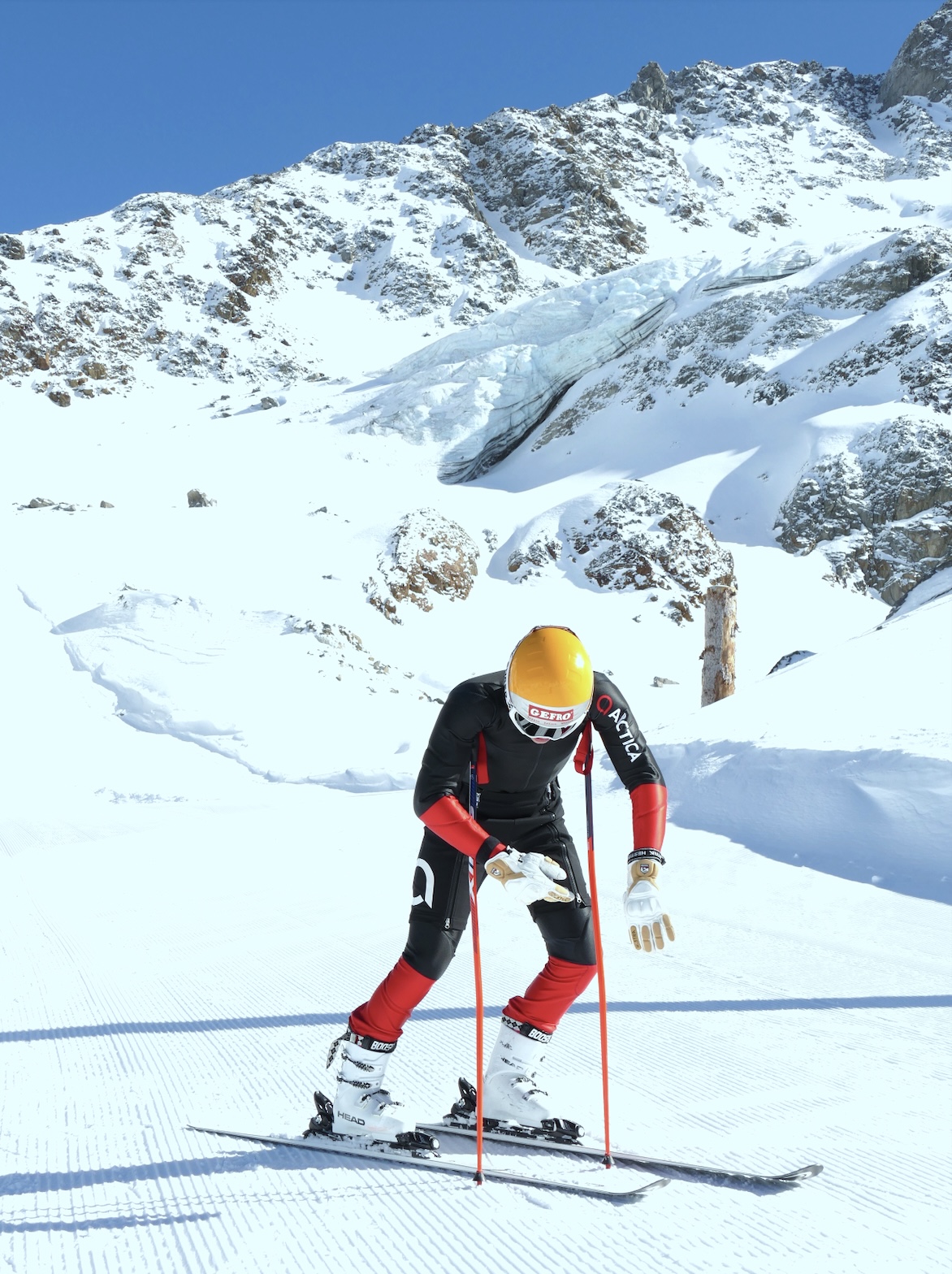

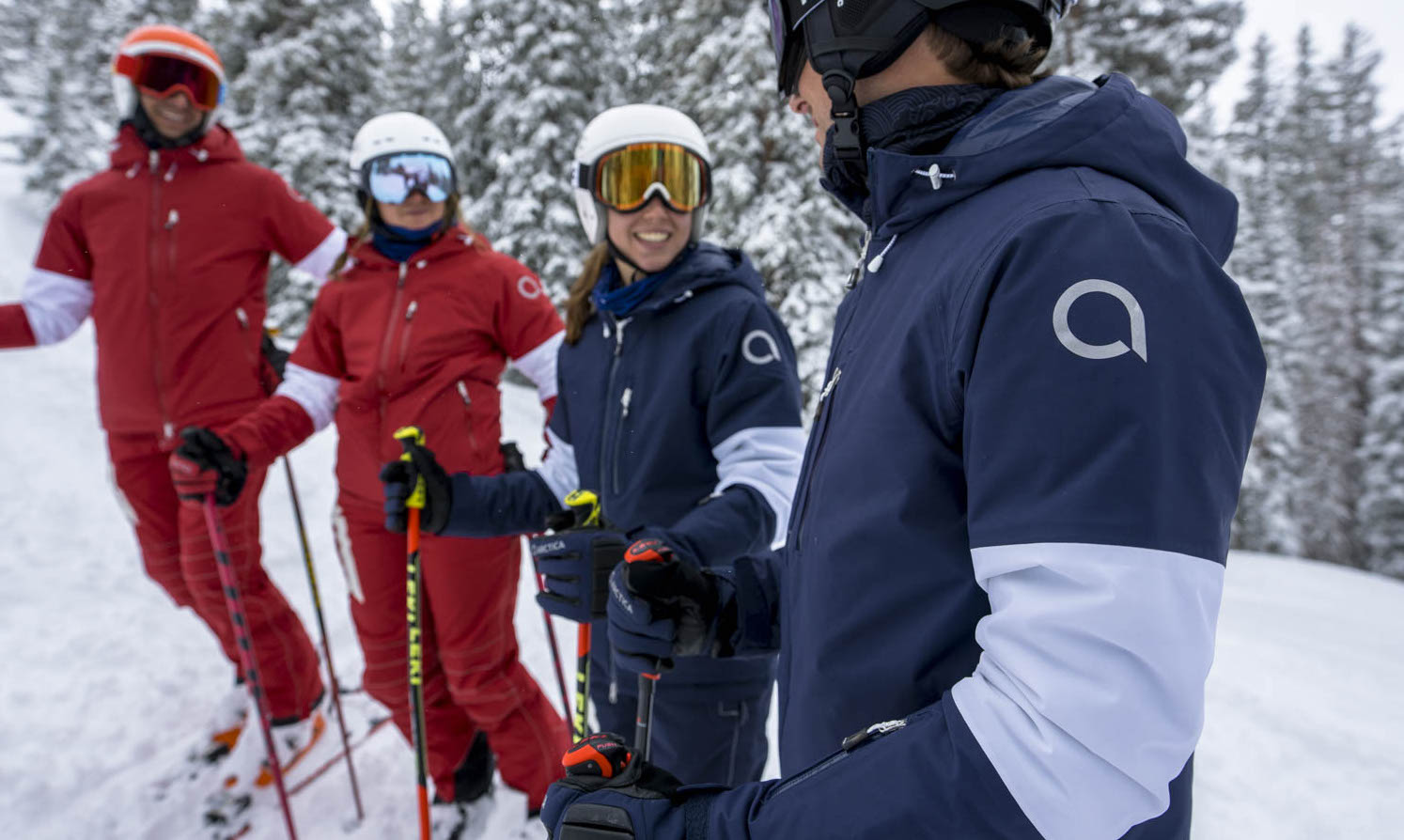
Leave a Comment
You must be logged in to post a comment.